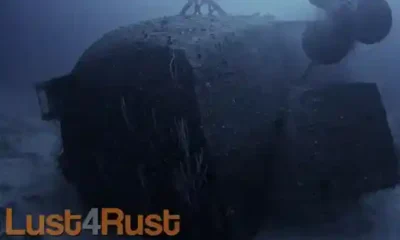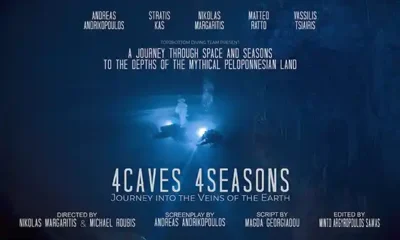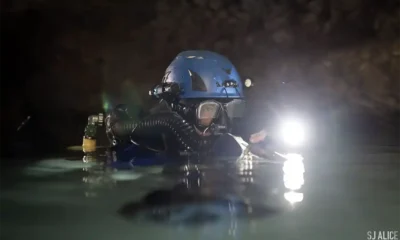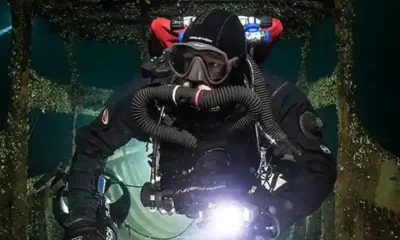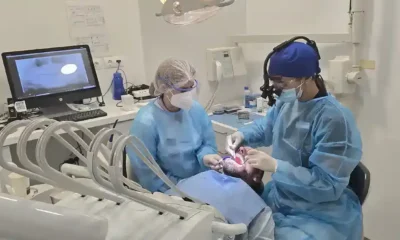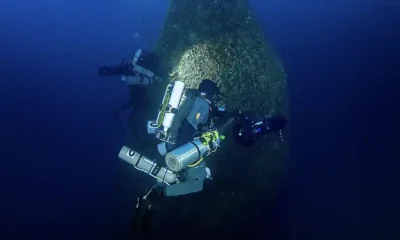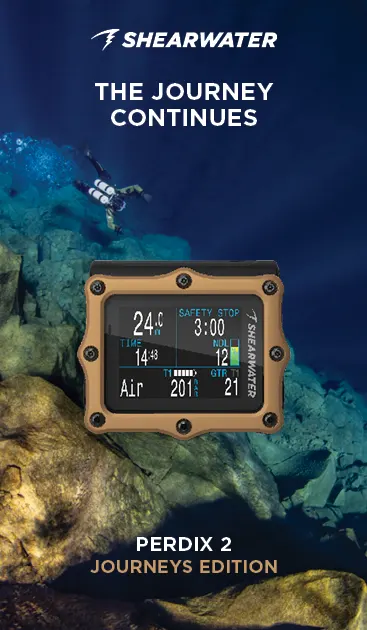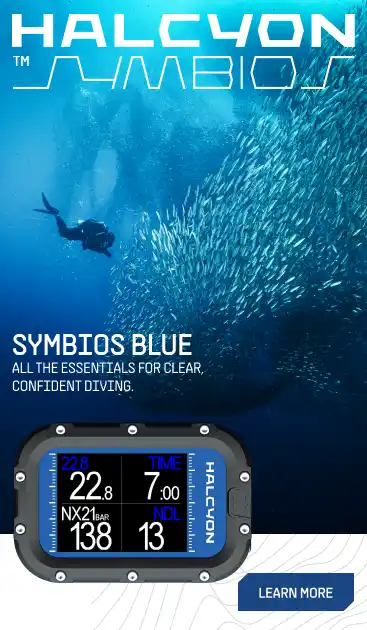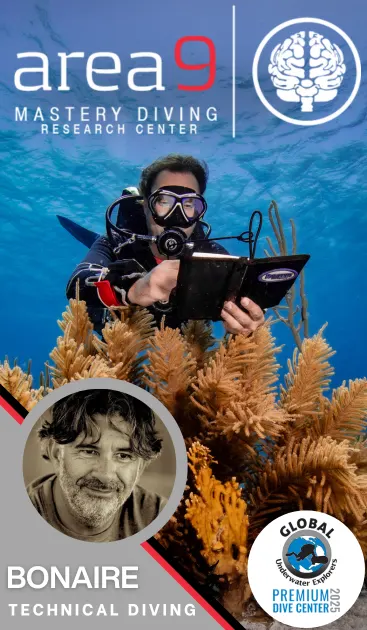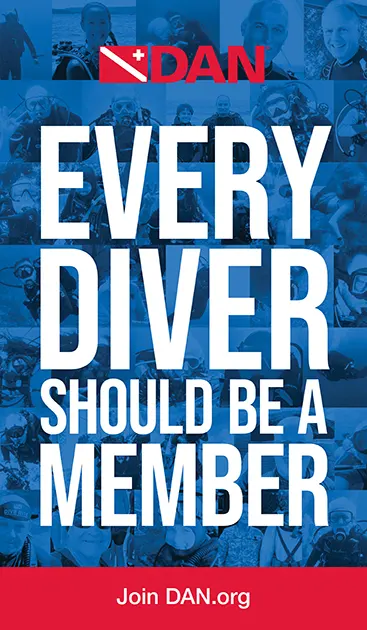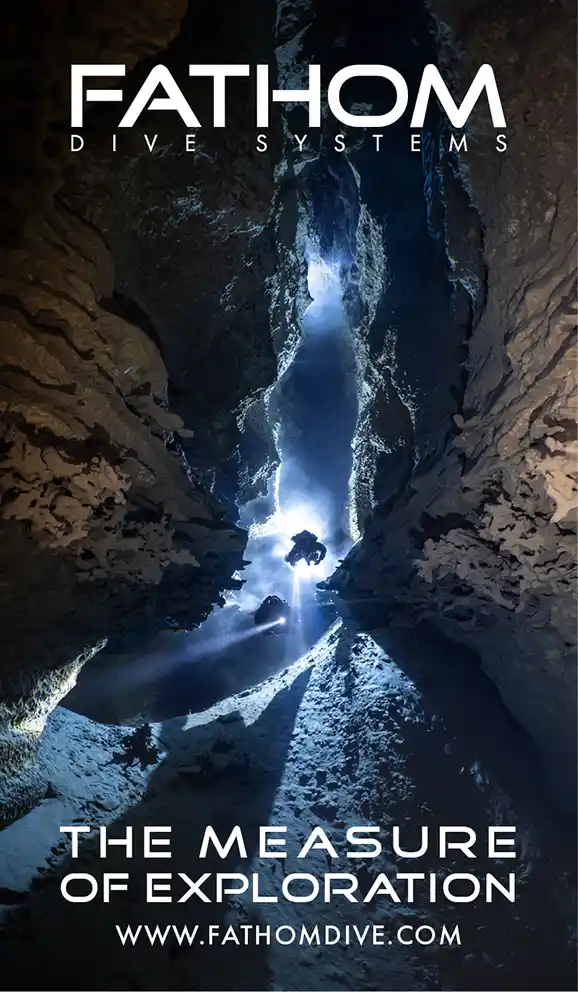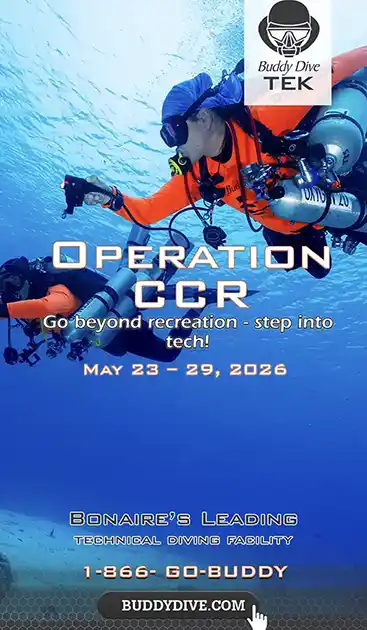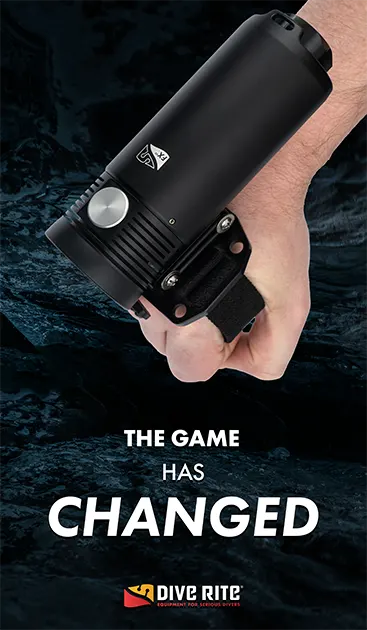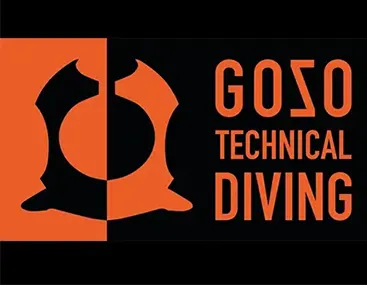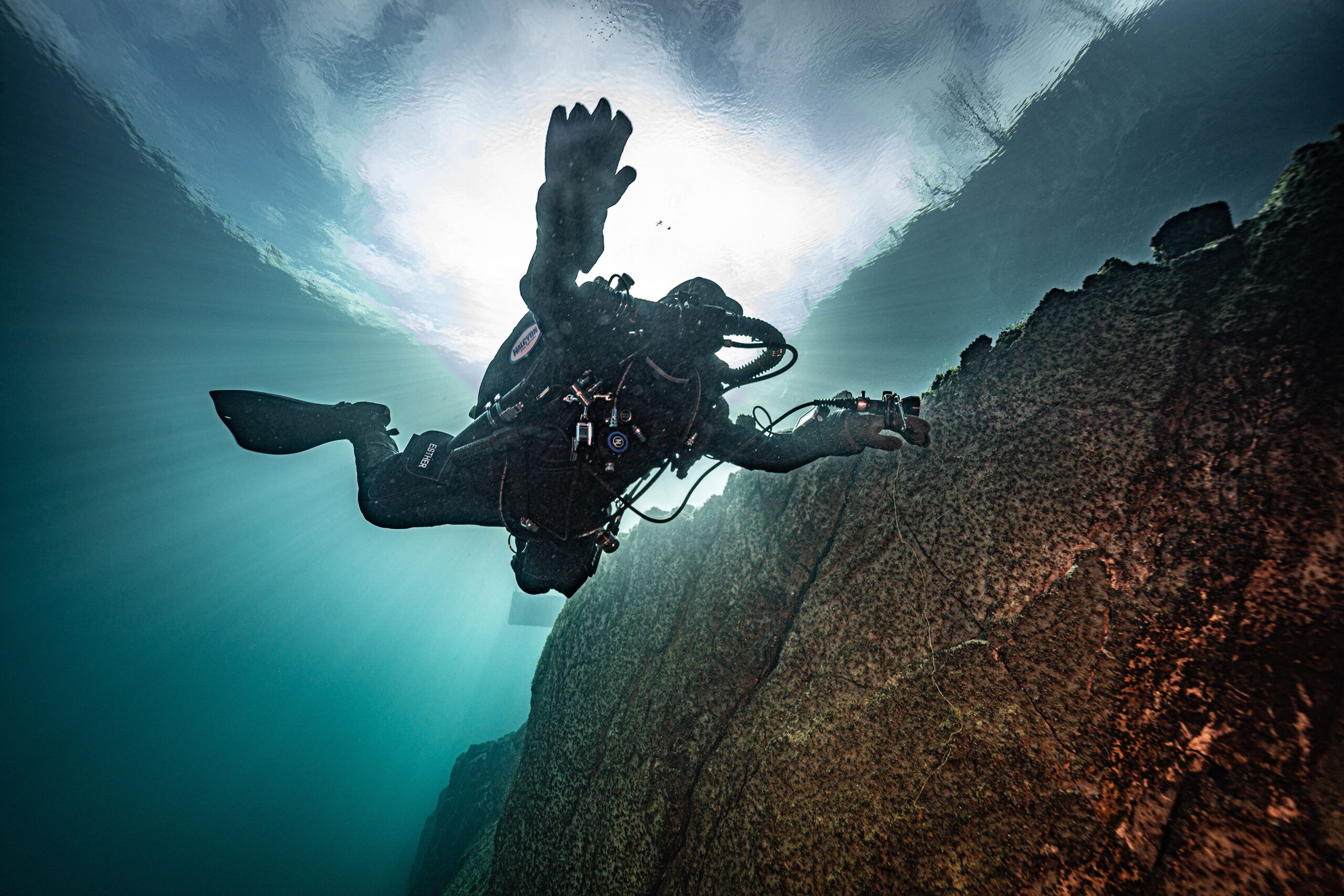
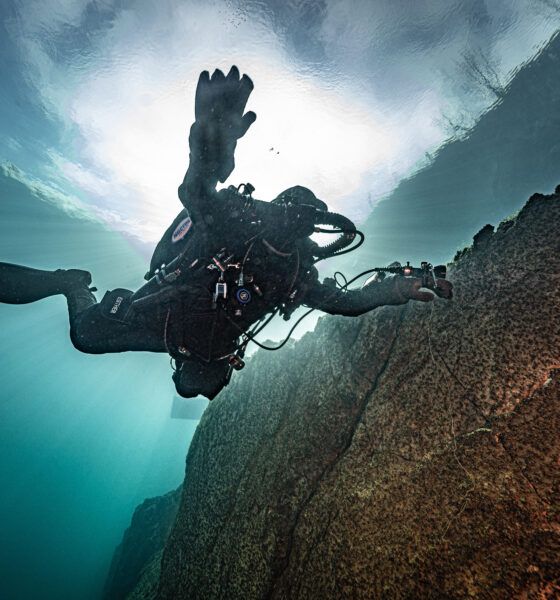
DCS
The State of Personalized Decompression
Header image courtesy of Derk Remmers.
?Pre-Dive Clicklist: Put It Where You Want It by the Crusaders ??
Tech divers have been interested in personalized decompression since the 1990s when engineer Erik C. Baker introduced gradient factors (GFs) that enabled divers to dial in their preferred level of conservatism. Indeed, it has long been known that some divers are more sensitive to decompression sickness (DCS) than others, so individualized decompression plans make sense, if we only knew how to calculate them. Interest grew as researchers sought out predictive markers of decompression stress like venous gas emboli (VGE), heart rate variability (HRV), and even inflammation markers that could be used to guide individual divers’ decompressions in real-time.
In the early 2000s, the US Navy adopted the Thalmann iso-risk decompression algorithm that enables individual divers to dial in their preferred DCS risk i.e., 1.0% , 2.0% 5.0% etc. for a given dive. However, once the risk level is set, the deco schedule is the same for all divers. Though Shearwater Research incorporates the algorithm in its NAVY dive computer, it is not available for consumers.
Then in 2019, a French start-up Azoth Systems introduced O’Dive, a visionary product that reportedly measures the “quality” of a diver’s decompression on a scale from 0%-100%, based on an analysis of their dive profile, and the results of their post-dive (VGE) bubble measurements taken with O’Dive’s subclavian Doppler monitor. More importantly, O’Dive included a predictive “what if” algorithm that claimed to calculate how the diver could improve their decompression by adjusting various dive factors, such as the fractions of oxygen and helium in their gas mixes, set point (in the case of a rebreather dive), low and high gradient factors (GFs), the addition of an extra decompression stop, and/or adjusting the length of the diver’s last stop.
The diver could then incorporate their preferred changes on subsequent dives, enabling them to improve their diving safety. Or so the theory goes. The only trouble is, that subsequently, it was shown in a US Navy study, that intra-diver variability of VGE scores, makes them unreliable as predictors of individual DCS, and there are other issues, as discussed below.
Divers Alert Network (DAN) Europe also introduced their “DANA Health” in-water diver monitoring system that measures various aspects of diver physiology, with the goal of being able to monitor a diver’s decompression stress in real-time, once the appropriate stress markers are found. Rather than discourage interest in personalized decompression, these devices have not only piqued diver interest but led many to believe that individualized decompression is here, or at least right around the corner.
In order to better understand the current state of personalized decompression, we feature a pair of stories that examine the issue from two different perspectives. Tech instructor and science writer Reilly Fogarty does a brilliant job of identifying the challenges inherent in creating a personalized decompression algorithm in his story, “D-Word Dilemmas: The Push for Personalized Decompression Modeling.”
We next turn to instructor trainer Yvonne Press who shares her personal experience using the O’Dive system to monitor her dives over the last four years in her story, “Of Bubbles and Dive Profiles: One Diver’s Journey Into Personalized Decompression.” Though the recent work on VGE calls into question the efficacy of O’Dive’s what-if predictions, it arguably provides interesting post-dive information, as well as encouraging divers to reflect and focus on their decompression practice, much as Fit-bits and or smart watches help athletes to better understand their workouts.
Here then is the state of personalized decompression as we understand it today—M2

Deco Dilemmas: The Push for Personalized Decompression Modeling
by Reilly Fogarty

Of Bubbles and Dive Profiles: One Diver’s Journey Into Personalized Decompression
by Yvonne Press
aquaCORPS: Desktop Decompression Review by RW Bill Hamilton & John T. Crea. aquaCORPS #6: COMPUTING, JUN 1993. Dr. Bill Hamilton & John Crea review the first desktop decompression programs (DPA, ProPlan, DR. X & MiG) available to tekkies.
aquaCORPS #6 COMPUTING was published in JUN93 following aquaCORPS’ first technical diving conference, dubbed tek.93, held in Orlando, Florida in January of that year. The issue focused on dive computing and included interviews with nitrox computer developers Randy Bohrer (Bridge), Kevin Gurr (ACE), Paul Heinmiller (Phoenix), an interview with Karl Huggins (EDGE), and a story about commercial decompression software developed by decompression engineer, JP Imbert. There was also a review by Dr. Bill Hamilton and John Crea, of four desktop decompression programs that had recently been launched in the tech diving market. Sponsored by Shearwater Research!





